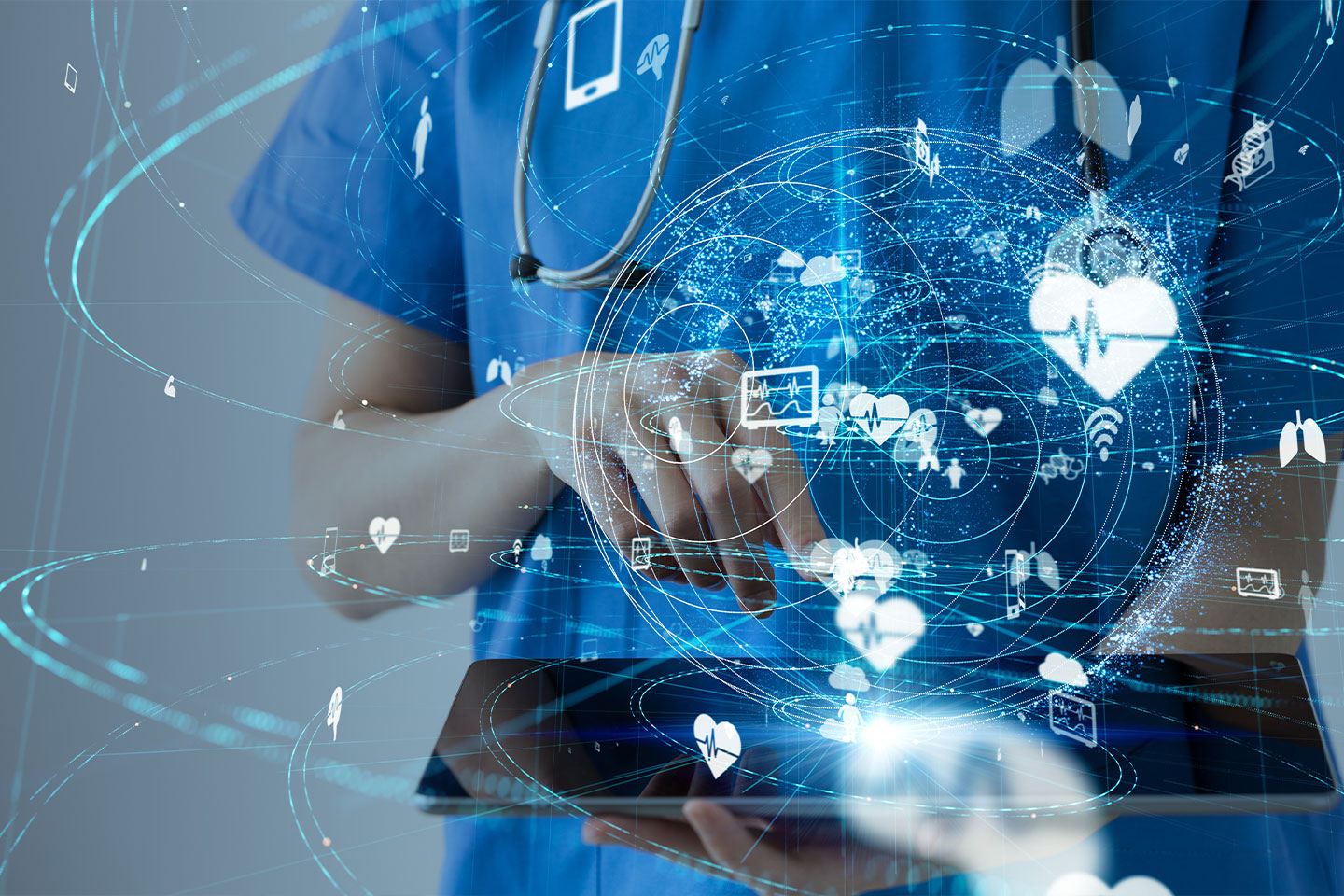In the rapidly evolving landscape of healthcare, the intersection of technology and medicine has become an undeniable focal point. With each passing day, breakthroughs in technology are reshaping the way we approach healthcare, diagnosis, treatment, and patient care. This comprehensive guide aims to shed light on this exciting intersection, exploring its historical roots, current trends, benefits, challenges, and the promising future it holds.
I. Historical Perspective
The Evolution of Healthcare Technology
The journey of technology in healthcare is a fascinating one. It dates back to the discovery of the stethoscope in the early 19th century, which revolutionized the way doctors could listen to the human body. Fast forward to the mid-20th century, and we witnessed the advent of diagnostic imaging, starting with X-rays and later MRI and CT scans. These milestones set the stage for the incredible innovations we see today.
II. Current Trends in Healthcare Technology
Embracing the Digital Revolution
In today’s healthcare landscape, several trends stand out prominently. Telemedicine has gained immense popularity, especially during the COVID-19 pandemic, enabling patients to consult with healthcare providers from the comfort of their homes. Wearable health technology has exploded onto the scene, offering individuals the ability to monitor their health and fitness like never before. Electronic Health Records (EHRs) are becoming the norm, allowing for seamless information sharing among healthcare providers.
III. Benefits and Impact
Transforming Patient Care
The impact of technology on healthcare is undeniable. Patients now have better access to healthcare resources, reduced wait times for consultations, and improved communication with their healthcare providers. Technology has also enhanced diagnostic accuracy, enabling earlier and more effective treatments. Case studies abound, highlighting stories of patients whose lives have been transformed by innovative technologies.
IV. Challenges and Concerns
Navigating the Digital Landscape
However, the integration of technology in healthcare is not without its challenges. Data security and patient privacy are paramount concerns, as sensitive medical information is digitized and shared. Moreover, the digital divide can hinder access to healthcare for marginalized communities. Addressing these challenges requires a delicate balance between innovation and safeguarding patient interests.
V. The Role of Artificial Intelligence
AI-Powered Healthcare
Artificial Intelligence (AI) has emerged as a game-changer in healthcare. Machine learning algorithms can analyze vast datasets to assist in disease diagnosis, drug discovery, and even personalized treatment plans. Yet, with great power comes great responsibility, and ethical considerations and regulatory frameworks are crucial as AI takes center stage in medicine.
VI. Telemedicine and Remote Monitoring
Bringing Healthcare to Your Doorstep
Telemedicine has transcended geographical boundaries, providing remote access to healthcare services. Beyond virtual consultations, it has enabled remote monitoring of chronic conditions, offering patients a lifeline for continuous care. Remarkable success stories demonstrate the efficacy and convenience of telehealth initiatives.
VII. Wearable Health Technology
Health at Your Fingertips
Wearable devices, from fitness trackers to smartwatches, have become ubiquitous. They empower individuals to track their health metrics, from heart rate to sleep patterns, fostering proactive health management. This preventive approach can lead to healthier lifestyles and reduced healthcare costs in the long run.
VIII. Electronic Health Records (EHRs)
The Digital Medical Record Revolution
EHRs have transformed the way healthcare providers manage patient information. Digitized records ensure that healthcare professionals have instant access to a patient’s medical history, facilitating coordinated and efficient care. However, interoperability and data security remain critical issues to address.
IX. Future Possibilities
Tomorrow’s Healthcare Landscape
The future of healthcare technology holds immense promise. Innovations like 3D printing for personalized prosthetics, nanotechnology for targeted drug delivery, and bioinformatics for genomics research are on the horizon. As these technologies mature, they will open new frontiers in healthcare.
X. Conclusion
In conclusion, the intersection of technology and healthcare is not just a trend but a fundamental shift that will continue to shape the future of medicine. The benefits are clear, from improved patient care to groundbreaking advancements. However, challenges and ethical considerations must be addressed responsibly. As we move forward, it is essential to embrace the possibilities that technology offers while prioritizing patient welfare.
